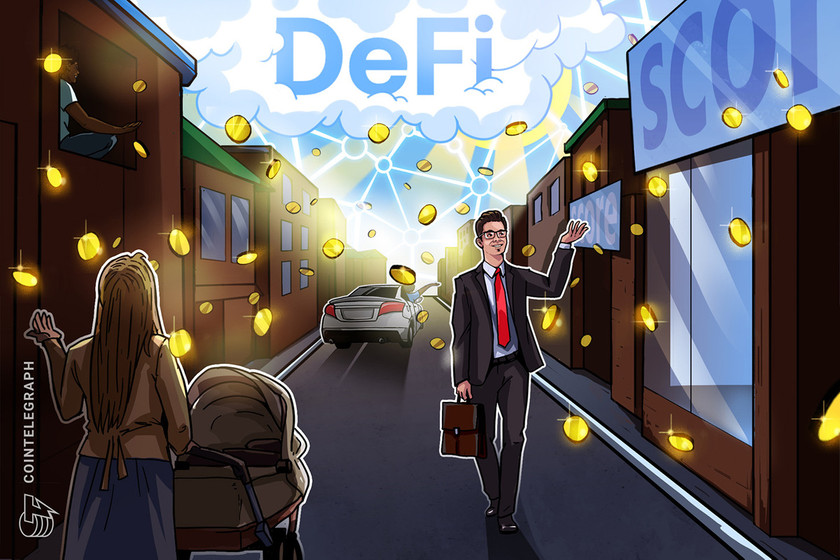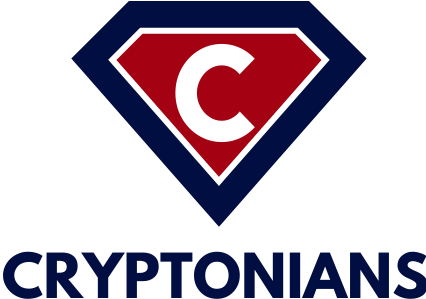DeFi projects face a painful dilemma right now as they seek ‘the holy grail’

Many DeFi projects face a painful dilemma: Should their protocols be designed for professional traders, or everyday consumers yet to embrace crypto in their masses?
Cryptocurrencies have garnered something of a reputation as being fast, dangerous and lethal for many — so much so that the average investor is scared of digital assets.
The volatility that’s associated with this new asset class has also meant that gaining exposure to the world’s biggest coins has been likened to an experience that’s not for the faint-hearted — or, in traditional investor terms, “not for the wise.”
Inevitably, this will spark endless debate on whether crypto is something for everyday consumers to be scared of. Is investing a small percentage of one’s portfolio into digital assets prudent or reckless? Are regulators going overboard when they warn that people who purchase cryptocurrencies should be prepared to lose the shirt off their backs? And are there any ways for people to enter this exciting but intimidating world safely?
The current mood music surrounding cryptocurrencies have created something of an echo chamber within the nascent DeFi ecosystem. Traders are predominantly the people who use these protocols. This creates wider ramifications for fledgling projects that are seeking to enter the space — and a rather unpleasant dilemma comes to the fore. Should new platforms adopt a long-term view and build an environment that’s built for the masses, meaning they may only attract a small number of users for the foreseeable future? Or should they create ecosystems that are designed for traders — something that could attract a large but fickle following who are always looking for a new project to move on to?
Across the DeFi ecosystem, a vortex of projects is simultaneously aiming for very different target markets. Some are living in the now, while others have their sights firmly set on the future.
Understanding the average person
For the holy grail of DeFi to be achieved — the much-anticipated milestone of mass adoption — it’s worth taking a step back and considering what the typical consumer is like.
Of course, everybody likes an opportunity to make a quick buck. But those already in the crypto space often take for granted that many consumers are unprepared to take the type of risks that are often associated with the fast-moving, 24/7 world of trading digital assets.
If you’ve been involved in the crypto space for years, it may also be difficult to appreciate that most trading platforms are exceedingly confusing for newcomers. The crypto curious end up being bombarded with information — far more than they can realistically process — and this doesn’t foster an atmosphere where they can feel confident in the choices that they make.
News websites like Cointelegraph can help — and there are an ever-increasing number of educational resources that are geared toward beginners. But there’s also a danger that those who end up getting their news from social networks may end up being suckered in to buying whichever coin is pumping at the moment and losing money in the process.
Although the worlds of DeFi and retail banking are like night and day, there are things that these two financial worlds have in common. Leveraging this can be the key to unlocking mass adoption — presenting decentralized finance in a way that the public will understand, even if they have no interest in getting their heads around spreads and technical analysis.
Breaking it down
Most consumers understand that, living in a world where interest rates are low and inflation is through the roof, they are losing money on a daily basis.
They’re familiar with the concept of savings accounts — and the fact that their nest egg can grow if it is locked away for a set amount of time.
Platforms such as UniFarm say they deliver a familiar experience for crypto newcomers who crave simplicity. Now, all they need to do is find a token that they believe in and stake it. Returns are automatically diversified on their behalf — and crucially, funds can also be unstaked at any point. This gives peace of mind to those who may be feeling nervous about having their assets locked away for extended periods of time.
UniFarm says that its app is both clean and simple, packaged in a user interface that anyone will be able to understand. This helps reduce the risk of inexperienced users making costly mistakes by pressing the wrong button, or not knowing how to complete a transaction.
The platform’s co-founder and chief operating officer Tarusha Mittal said: “At UniFarm, our aim is to help DeFi appeal to the masses by being simple, smart and adding massive value.”
Mittal and fellow co-founder Mohit Madan describe themselves as long-term serial entrepreneurs in the world of blockchain — and both have now been in the space for over a decade. They together founded one of India’s first Ethereum exchanges in 2015 and now have a massive undertaking in the form of OroPocket — the parent company of UniFarm and another project called OpenDeFi.
UniFarm had a working product in place by late January 2021, and a plethora of milestones have been achieved over the past four months. This included a successful $2 million funding round that was led by AU21 Capital and a number of other notable blockchain funds.
Disclaimer. Cointelegraph does not endorse any content or product on this page. While we aim at providing you all important information that we could obtain, readers should do their own research before taking any actions related to the company and carry full responsibility for their decisions, nor this article can be considered as an investment advice.


